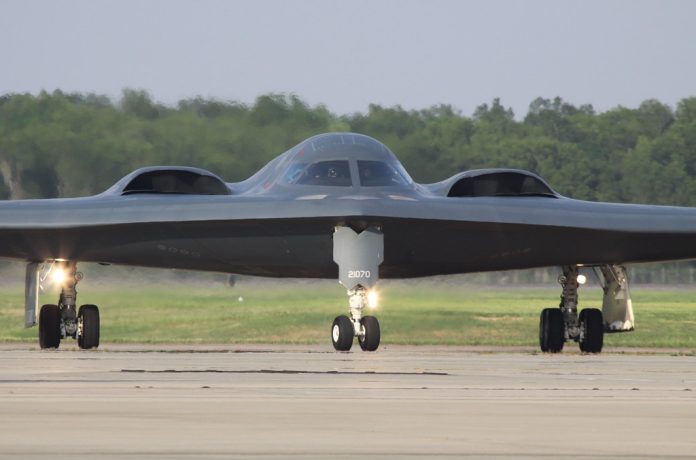
The U.S. Air Force’s fleet of B-2 Spirit stealth bombers, a crucial component of its strategic aerial capabilities, has been reduced to just 19 airframes following the decision to retire a damaged bomber deemed uneconomical to repair.
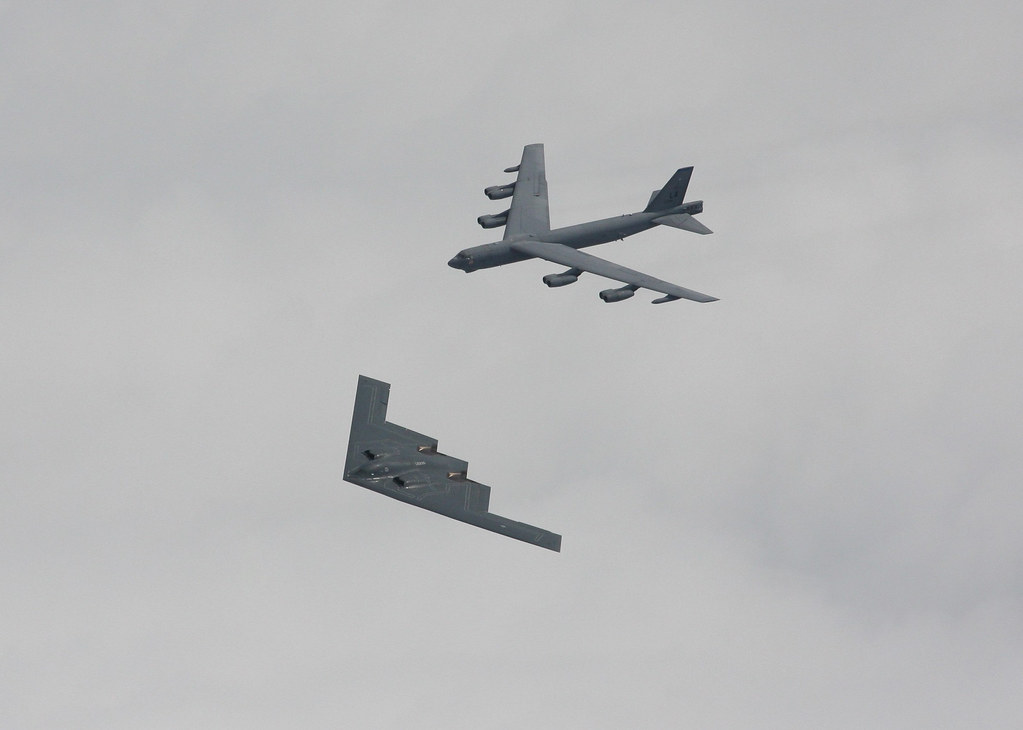
This development comes at a time when tensions are increasing between the United States and potential adversaries like China. Moreover, the service is contending with budgetary challenges and technological shifts, exemplified by the B-21 Raider program experiencing significant cost overruns.

The B-2 Spirit, first introduced over 35 years ago, continues to play a critical role in the Air Force’s operations due to its stealth capabilities and ability to deliver heavy payloads.
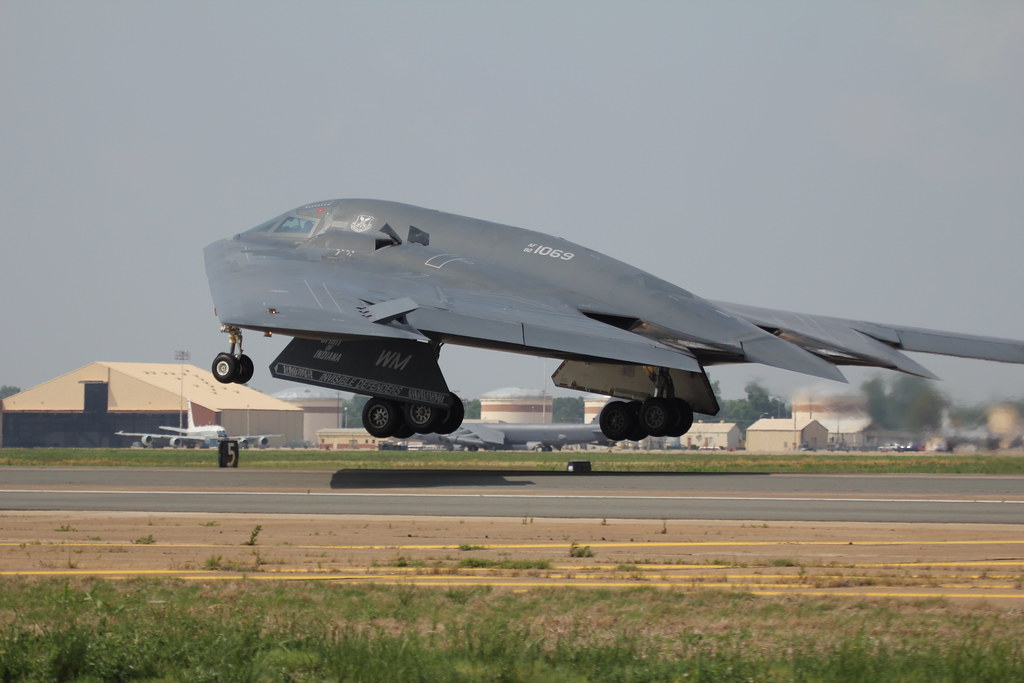
The bomber was thrust into the spotlight once again when it was forced to make an emergency landing at Whiteman Air Force Base in Missouri late in 2022 and subsequently caught fire on the runway. The incident prompted the Air Force to ground the entire B-2 fleet for five months.
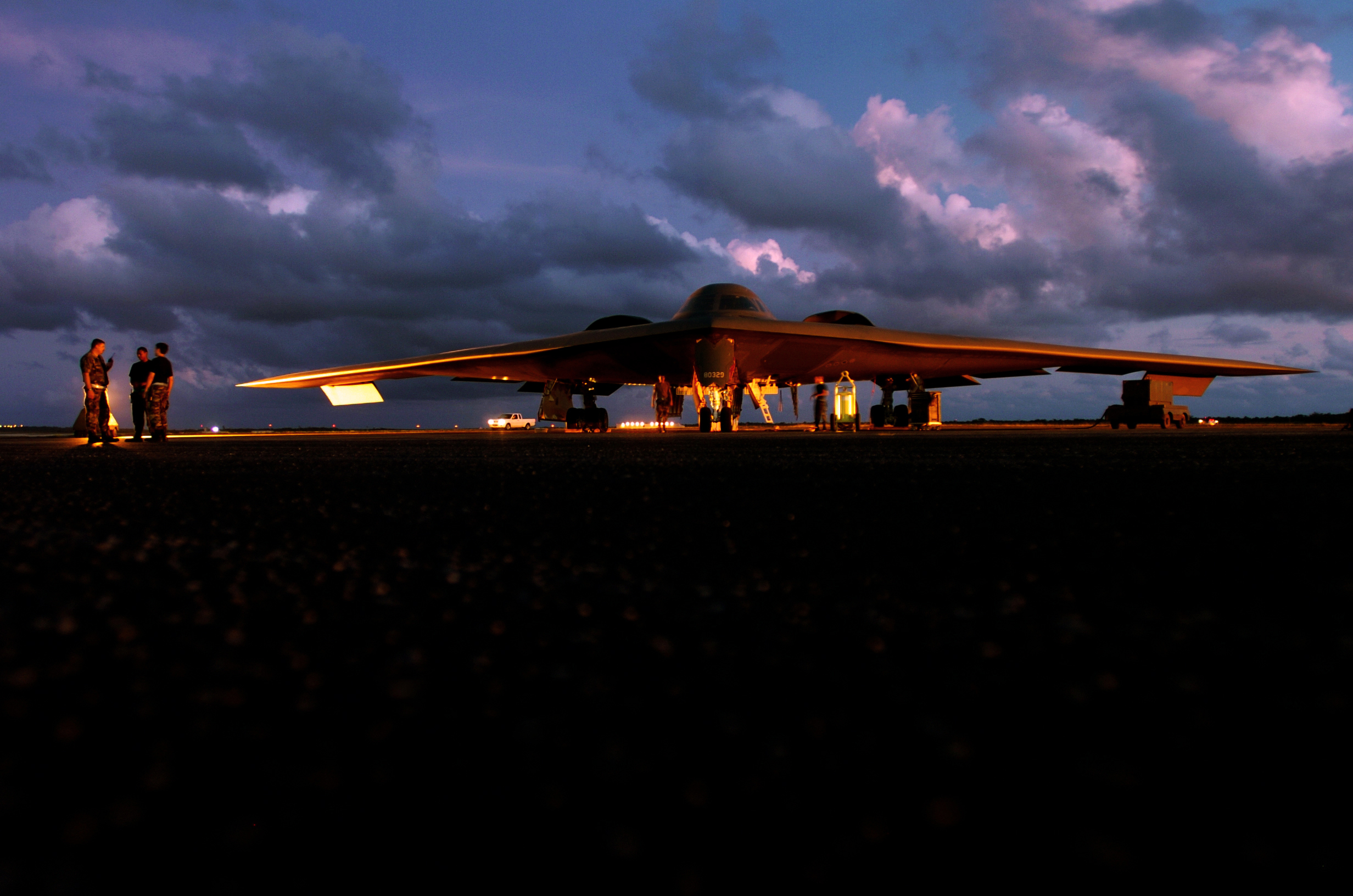
“The B-2 is being divested in [fiscal year] 2025 due to a ground accident/damage presumed to be uneconomical to repair,” the Defense Department stated in its annual force structure report.

This retirement shrinks the already exclusive fleet that started with only 21 B-2s, each carrying a price tag of around $2 billion, making it the most expensive aircraft ever built.

The loss of this bomber also arrives ahead of the much-anticipated B-21 Raider’s entry into service, which is undergoing flight testing with expectations to replace the B-2 and B-1B Lancer bombers.
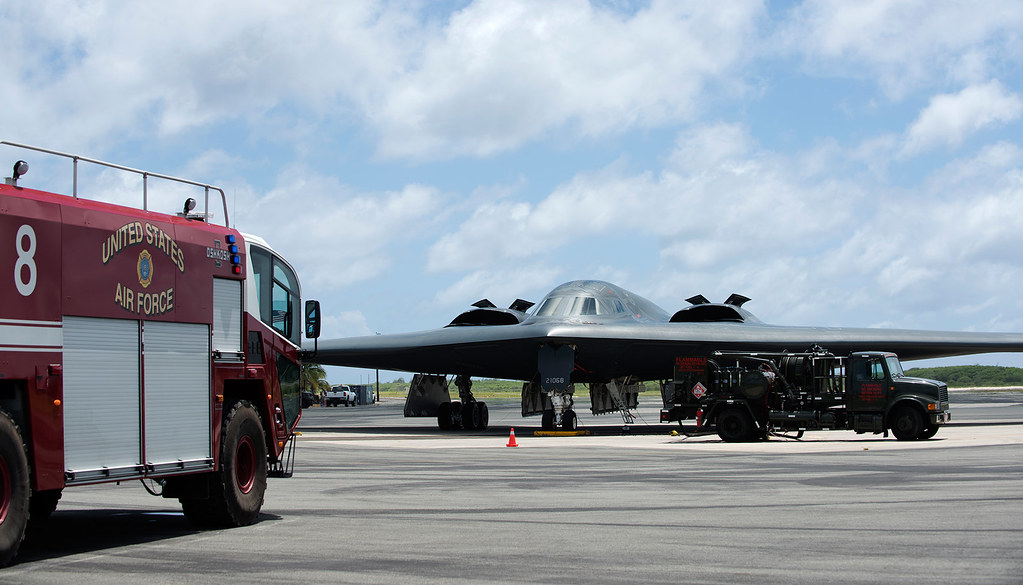
Northrop Grumman, the manufacturer of both the B-2 and B-21, was recently awarded a $7 billion contract for the sustainment of the B-2 program.

The upcoming B-21 Raider, heralded as the sixth-generation bomber, is designed to be more stealthy and adaptable than its predecessor. However, its development has not been without its own set of challenges.

Northrop Grumman reported a nearly $1.6 billion pre-tax charge on the B-21 Raider program in the last quarter of 2023, primarily due to higher-than-expected production costs and macroeconomic disruptions.

In addition to the B-2 divestment, the force structure report provides more details about the service’s plans to shed hundreds of planes in order to invest in new technology, like unmanned aircraft.

“The service plans to get rid of 932 aircraft between fiscal 2025 and 2029, which will generate over $18 billion in savings,” the force structure report revealed.

Critics have cited the increasing role of drones in warfare and questioned the viability of investing in manned stealth bombers.

Including the one B-2, the service wants to get rid of 251 aircraft total in fiscal 2025. Then, it wants to shed 293 aircraft in 2026, 235 in 2027, 95 in 2028 and 64 in 2029.
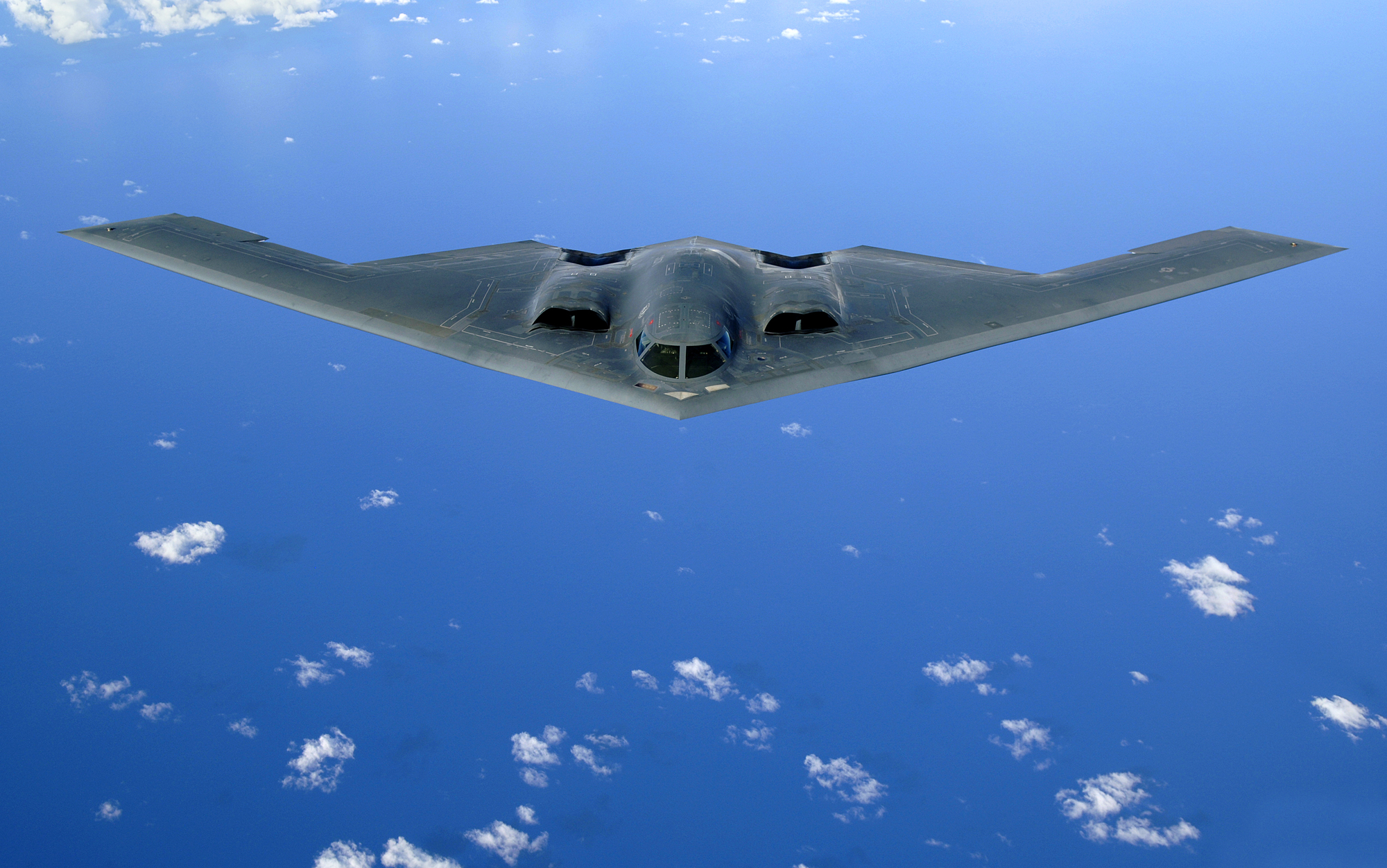
The House Armed Services Committee, which kicked off the 2025 budget process by releasing its version of the fiscal 2025 National Defense Authorization Act on Monday, has already signaled some hesitancy toward some of the service’s plans.
Relevant articles:
– The Air Force’s B-2 Bomber Nightmare Has Arrived, The National Interest
– The Air Force’s B-21 Raider Bomber Nightmare Has Begun, The National Interest
– B-2 that caught fire in 2022 won’t be fixed, Air Force confirms, Defense One
– The B-2 Proves a Point, Air & Space Forces Magazine
